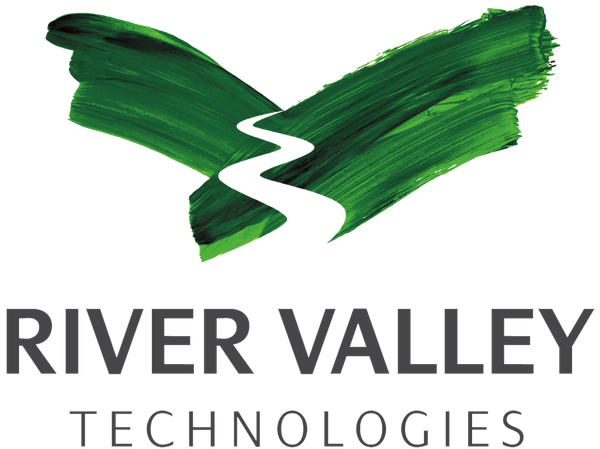I have been asked to tell you about my experiences as a curator and initiator of over 300 holography exhibitions.
The fact is that the biggest hurdle for curators to organize holography exhibitions is their lack of knowledge, their preconception or even their lack of confidence. Not that curators are too stupid to be interested in our preferred media, holography, but they need, like most of us, guidelines.
The problem is that holography had from the beginning an ambivalent image presented on one hand as new recording technique and as such a fascinating media, and on the other hand a new form of art.
The producers of holography have not been able over all the years, even through distinguished conferences or opinion leaders, to get holography rightly classified. Holography still is an opalescent visual media with a fuzzy image. I may say that I may even have contributed to the confusion by exhibiting holography as in well known art museums in Hanover or Nürnberg, including the Ludwig Museum in Cologne, but also in technical museums, e.g. the Deutsche Museum in Munich or the Museo de Sciencia in Barcelona. The commercial exhibitions I did, I made a living out of my holography exhibitions, in theme parks or commercial malls did not help the matter. However, as over 3 Million people visited these exhibitions, the media was discovered and commented.
Today, holography is still “media” weeds or a media that has still not grown up. It will have to acquire some maturity to be able to develop from a fascination media into a well established and accepted media with diverse and qualitative manifestations



